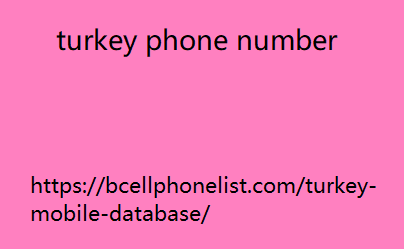ASP.NET Core Identity scaffolding is a powerful tool that automates the creation of user authentication and authorization features in your ASP.NET Core web applications. With just a few commands, you can generate all the necessary code for managing user accounts, roles, and permissions, saving you time and effort in implementing these common features from scratch.
When you scaffold ASP.NET Core Identity, the framework generates a set of files and code structures that handle user authentication and authorization. This includes:
1. **User Management**: ASP.NET Core Identity provides built-in support for user registration, login, logout, password management, email confirmation, and account lockout. The scaffolding generates controllers, views, and data models to handle these functionalities.
2. **Role-based Authorization
**: You can define roles (such as “Admin” or “User”) and assign permissions to them. components for role management, including controllers and views for managing roles and assigning users to roles.
3. **Identity Data Model**: The scaffolding turkey phone number generates entity classes to represent user accounts, roles, and other related data entities. These classes are typically stored in a database using Entity Framework Core, but you can customize the data storage and retrieval logic as needed.
4. **Configuration**: ASP.NET Core Identity is highly configurable, allowing you to customize various aspects of user authentication and authorization, such as password policies, token expiration, and external authentication providers (like Google or Facebook). The scaffolding includes default configurations that you can modify to fit your application’s requirements.
5. **Integration with Middleware*

*: ASP.NET Core Identity integrates seamlessly with ASP.NET Core middleware, making it easy to plug into your application’s request Albania Phone Number List processing pipeline. The scaffolding configures the necessary middleware to enable authentication and authorization for your application’s endpoints.
To scaffold ASP.NET Core Identity into your project, follow these steps:
1. **Create a New ASP.NET Core Web Application**: Start by creating a new ASP.NET Core web application using the `dotnet new` command or your preferred IDE.
2. **Install ASP.NET Core Identity Package**: Add the ASP.NET Core Identity package to your project using the NuGet Package Manager or the .NET CLI:
5. **Customize as Needed**: Once the scaffolding is complete, review the generated code and make any necessary customizations to fit your application’s requirements. You can modify the generated controllers, views, data models, and configurations as needed.
By scaffolding ASP.NET Core Identity into your project, you can quickly implement robust user authentication and authorization features, allowing you to focus on building the core functionality of your web application without reinventing the wheel.

